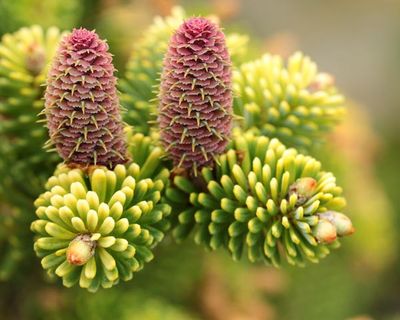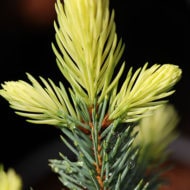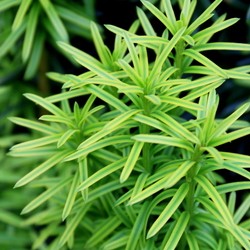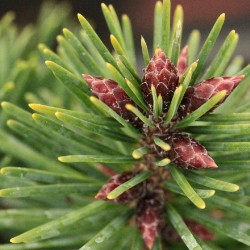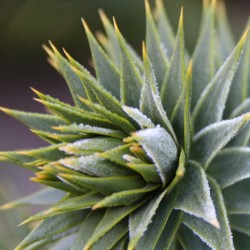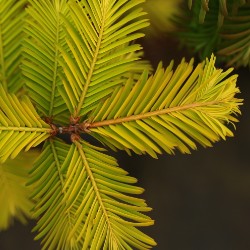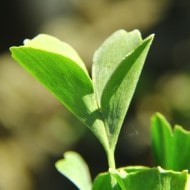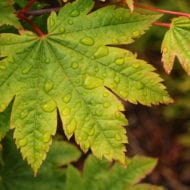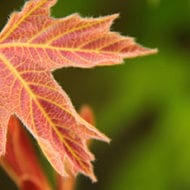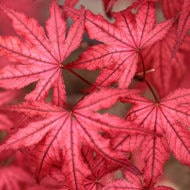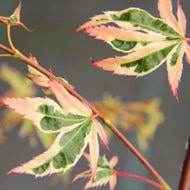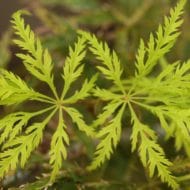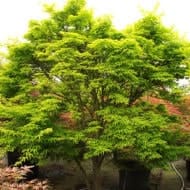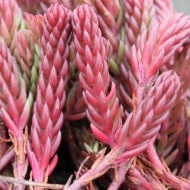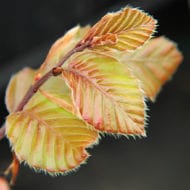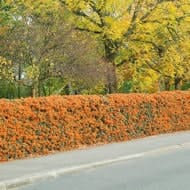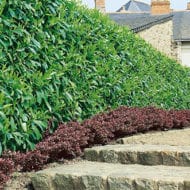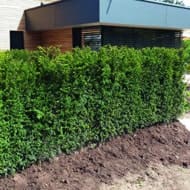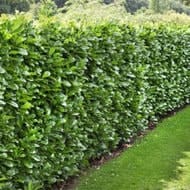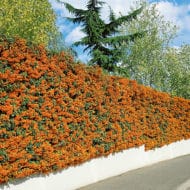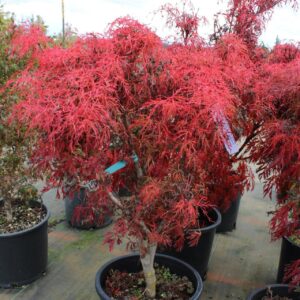Cupressus nootkatensis ‘Green Arrow’ Alaskan Cedar
SKU: CupNoot-GreenArrow-0-0
Categories: Chamaecyparis & Cupressus - Cypress, Columnar, Columnar, Conifers, Cupressus nootkatensis - Alaskan Cedars, Green, Green Conifers, Large, Weeping, Zone 4, Zone 5, Zone 6, Zone 7, Zone 8
Tags: All Is Fixed, Hardiness Zone 7, Not Popular
Description
Green Arrow is a evergreen conifer that grows upright/columnar with weeping branches. Its green limbs are reasonably fast growing, but is an overall attractive tree to add to the landscape.
USDA Hardiness Map
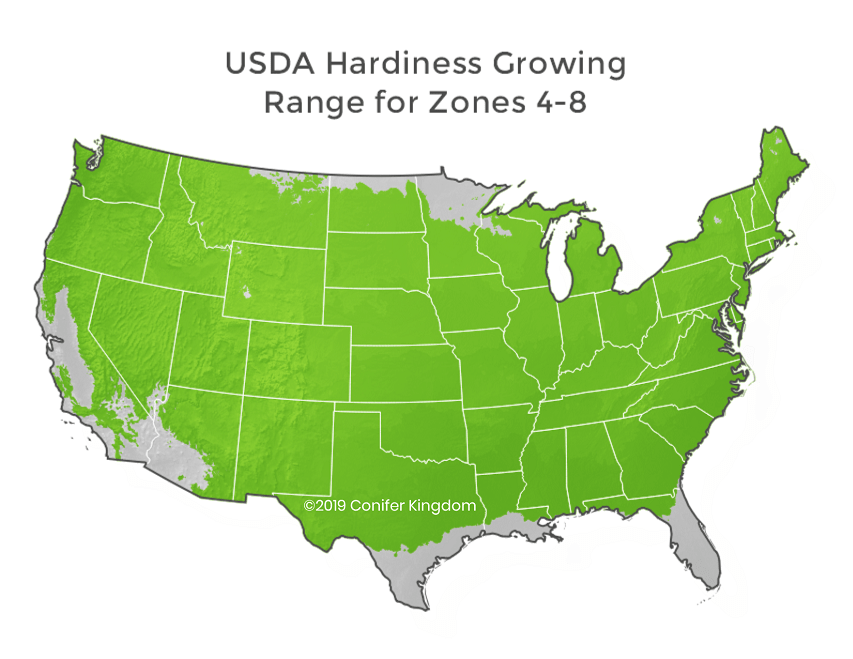
Plant Form

Additional information
| Plant Size | #1 Container, #3 Container |
|---|---|
| LATIN NAME | Cupressus nootkatensis 'Green Arrow' |
| COMMON NAME | Green Arrow Alaskan Cedar |
| SUN EXPOSURE | Sun/Part Shade/Shade |
| HXW@10 YEARS | 30×5' |
| Color | green |
| Form | Columnar,weeping |
| Growth Rate | Large |
| HARDINESS ZONE | Zones 4-8 |
| Growth Rate | |
| Color | |
| Form | |
| Your auto-detected zip code |  |
| hardiness zone based on zip code |  |
| You can also try another zip code |


